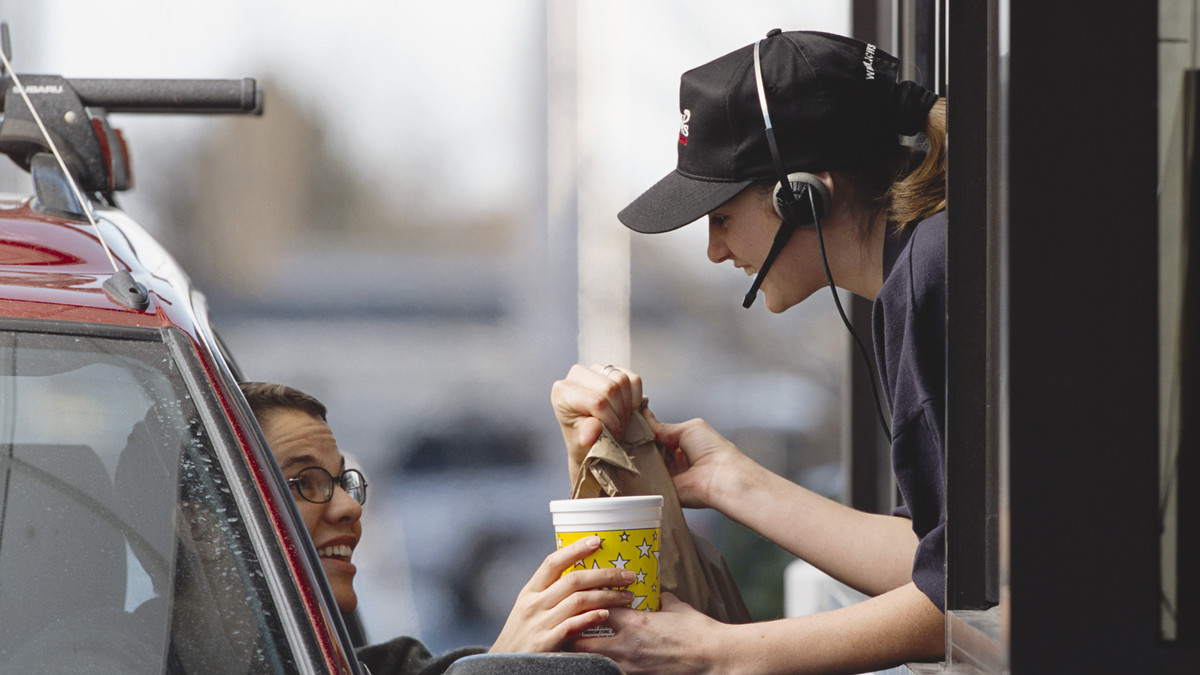Quick-service restaurants are at a critical stage of digital disruption. Today’s consumers have higher expectations and are more frugal with their loyalty. They’re also less patient, with 76% either leaving or considering leaving if they see a long line at checkout.
As a result, QSRs must invest in technology innovations that help them meet their ultimate goal of improving the guest experience. Luckily, pandemic-fueled digital disruption has created new opportunities for QSRs to better serve new and returning customer segments. Online ordering and contactless payments are perfect examples of this.
In terms of executing a successful digital strategy for today’s customers, technology must be integrated during the entire shopping experience — from beginning to end — as well as inside and outside the restaurant.
Put the ordering experience in the hands of the customer
Ordering is often the first point of engagement for a customer. In the past, this involved pulling into a drive-thru or reaching the counter inside. Now, customers can order online, before even entering a restaurant.
Customers ranked mobile app ordering as the number one aspect of the fast-food experience that has improved since COVID-19. What’s more, QSR brands are expanding the number of ways to order beyond mobile. These new options — which include kiosks, wearables for staff, and voice-controlled car ordering — give customers choice and flexibility in whichever method they prefer.
Self-service in particular is popular with consumers. Sixty-five percent of customers said they would visit a restaurant more often if self-service kiosks were offered. Brands like Subway, McDonalds and Burger King all have implemented self-order kiosks, which play a key role in how customers positively interact in the restaurant.
Not only are these options popular with consumers, but they also help alleviate many challenges that have resulted from ongoing employee shortages. According to the National Restaurant Association, roughly half of operators expect recruiting and retaining employees to be their biggest challenge this year.
By putting the ordering process in the hands of the customer, the number of staff needed at the ordering counter or manning a drive-thru headset can be reduced. Then, staff can be reassigned to more pressing tasks throughout the restaurant. These tasks might include other customer-facing services, such as order fulfillment or bussing tables.
Back-end operations to manage orders
With QSRs, emphasizing the “quick service” aspect is important. Using technology is a great way to improve speed, with improvements to back-end operations helping manage the efficiency of orders.
Specifically, third-party ordering and delivery services continue to grow in popularity. These services add another level of complexity to managing order requests. Even if a restaurant has its own platform or app — think Chipotle or Chick-fil-A — other external services like Uber Eats or DoorDash must be integrated into kitchen systems.
Routing all orders requests and ensuring a “first in, first out” method is crucial. Whether on-premise, mobile, or online orders, they must all remain in one system, and be completed in order of importance. A customer in the restaurant shouldn’t have to wait an extra 15 minutes for delivery orders to be fulfilled first. Implementing a “first in, first out” approach ensures customers receive a hot meal and spend minimal time waiting for it.
From there, streamlined kitchen production and order management systems help complete orders in a timely manner. As well, these systems improve productivity. With data-driven technology, QSRs can plan and prepare for anticipated busy times. For example, a restaurant might typically experience a large lunch rush from 11 to 1. Knowing this, they can have the inventory and staff on hand needed to best serve customers at this time.
Order fulfillment through payment and pickup
The last steps of a successful guest experience are payment and order fulfillment. If ordering and pickup are contactless and can be done through a mobile device, payment should be just as efficient. Mobile alternatives that replace legacy and physical touchpoints are critical to delivering a fully contactless experience. In addition, mobile point-of-sale solutions have enabled restaurants to provide customers payment options from anywhere. Whether a shopper wants to pay as soon as they place their order online, or swipe a card once they’re in the store, QSRs can accommodate.
The popularity of curbside and delivery services has made fulfillment easier than ever, too. A customer doesn’t need to call the restaurant and notify them of their arrival. Nor do they have to leave their car and head inside. A simple one-click action can perform the task.
Lastly, the onset of mobile allows QSRs to communicate with their customers after the purchase is made. By sharing information about loyalty points or reward offers, QSRs can incentivize a customer to return.
Approach customer service from all angles
To provide a truly exceptional customer experience, restaurants need infrastructure that enables them to manage interaction with customers throughout their entire journey. Today, not every customer will even step inside a store – so the technology must span beyond. As QSRs interact with customers from beginning to end, this also includes back-end technology that can streamline kitchen processes and drive efficiency. From there, the entire omnichannel ecosystem, from online ordering to payments to delivery, is supported. The end result? Happy customers.
This article was written by Michael Jaszczyk from QSR Web. News Features and was legally licensed through the Industry Dive Content Marketplace. Please direct all licensing questions to legal@industrydive.com.
![]()



